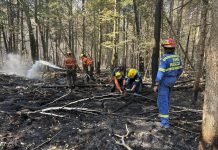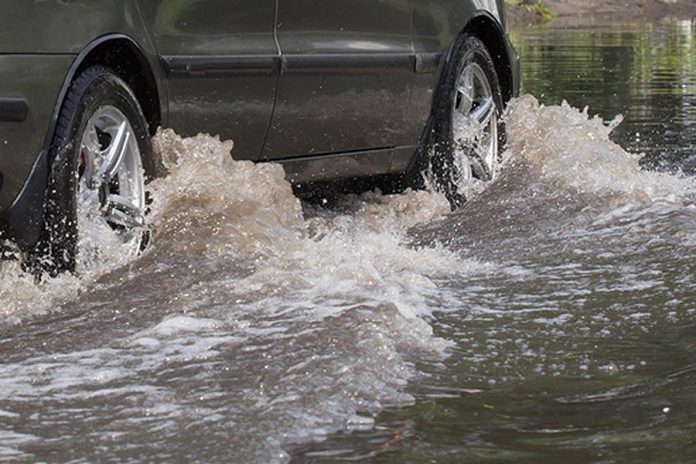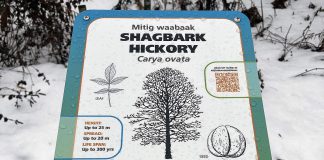The Ministry of Natural Resources and Forestry (MNRF) along with local conservation authorities have issued a watershed conditions statement (flood outlook) for the Kawarthas region.
A flood outlook gives early notice of the potential for flooding based on weather forecasts calling for heavy rain, snow melt, high winds, or other conditions.
MNRF and local conservation authorities will continue to monitor water conditions. If necessary, they will issue a flood watch (meaning there is a high potential for flooding) or a flood warning (meaning flooding is imminent or already occurring).
Here are the conditions as of February 20, 2018, across the Kawarthas region:
Ministry of Natural Resources and Forestry Bancroft District – Flood Outlook
Water levels and flows across the Bancroft District are generally in the normal range for this time of year. Forecast precipitation and associated snow melt are likely to produce high water levels and flooding. There may be potential for minor ice jam related flooding on some rivers.
Residents of Bancroft District should keep a close watch on conditions, regularly check for updated messages and exercise caution near fast-moving rivers and streams. Please alert any children under your care to these dangers and supervise their activities. Residents who have a historic susceptibility to flooding should take appropriate precautions to protect their property, such as ensuring sump pumps are functioning and securing items that may float away as water levels rise.
Kawartha Conservation – Flood Outlook
At this time, rivers and streams within the Kawartha Conservation watershed are flowing in the normal range for this time of year. A majority of the watercourses are frozen.
Forecast precipitation and associated snow melt will produce significant run off and high water levels and velocities in local watercourses. Ice breakup due to rapid increase of water flows, along with the potential for ice jam formation and related flooding on some watercourses can be expected. It is anticipated that water accumulation will occur in low-lying areas, road ditches, and areas with poor drainage. Rivers and streams may reach or exceed their bank full conditions in some locations. Smaller steams will react fast, while it takes longer for larger watercourses to respond.
Under expected watershed conditions all local rivers, streams, and lakes should be considered extremely dangerous. Riverbanks are slippery and unsafe; ice cover may become unstable and hazardous. Kawartha Conservation is warning all residents to stay away from water bodies, as well as water structures such as bridges, culverts, and dams. Children should be warned of dangerous conditions and caregivers should maintain a close watch on children who are outside.
Municipalities are advised to monitor areas known for minor flooding and be prepared to respond to high water situations as they occur. Residents are advised to contact their municipalities should a flood threat develop. Local municipalities are first to respond to and assist with flood emergencies.
Lower Trent Conservation – Flood Outlook
Stream flows and levels across the Lower Trent Conservation watershed region are generally in the normal range for this time of year.
There is currently 60 to 80 mm of water equivalent existing in the current snow pack. Runoff from rain combined with snow melt may result in flooding issues on small creeks and streams across the watershed region, including Mayhew, Cold, Rawdon, Mill, Trout, Butler, Salt, Colborne, and Shelter Valley Creeks. Water levels are expected to remain stable for the Trent River.
Ice break up on local waterways could also result in ice jamming and cause further flooding concerns. Under these mild conditions, all local rivers, streams, and lakes should be considered extremely dangerous. Ice cover will become unstable and hazardous, and should be considered unsafe. Parents are urged to keep children away from all waterways. Areas around water control structures should be avoided at all times.



























